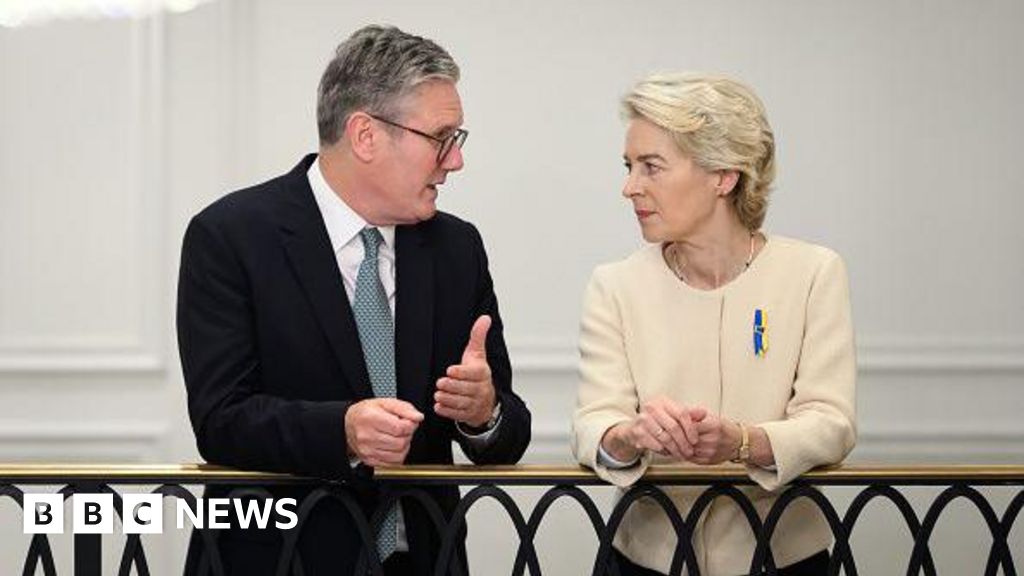ARTICLE AD BOX
By Peter Hoskins
Business reporter
 Image source, Getty Images
Image source, Getty Images
China's economy contracted sharply in the second quarter of this year as widespread coronavirus lockdowns hit businesses and consumers.
Gross domestic product (GDP) fell by 2.6% in the three months to the end of June from the previous quarter.
Major cities across China, including the major financial and manufacturing centre Shanghai, were put into full or partial lockdowns during this period.
This comes as the country continues to pursue its "zero Covid" policy.
On a year-on-year basis, the world's second-largest economy expanded by 0.4% in the April-June quarter, missing expectations of 1% growth.
"Second quarter GDP growth was the worst outcome since the start of the pandemic, as lockdowns, notably in Shanghai, severely impacted activity at the start of the quarter," Tommy Wu, lead economist at Oxford Economics, told the BBC.
Official figures for last month showed an improvement in the country's economic performance after many of those curbs were lifted.
"However, June data was more positive, with activity picking up after most of the lockdowns were lifted. But the real estate downturn continued to drag on growth," Mr Wu added.
Meanwhile, Jeff Halley, senior market analyst for Asia Pacific at trading platform Oanda, told the BBC that he also saw some bright spots in today's economic data from China.
"GDP was worse than expected, however unemployment fell to 3.5% and retail sales outperformed impressively," he said.
"Financial markets are likely to concentrate on the retail figures, which appear to show the Chinese consumer in better shape than expected," Mr Halley added.
However, many analysts do not expect a quick economic recovery for China as the government continues with its strict zero-Covid approach to slowing the spread of the coronavirus.
The country's once-booming property market is in a deep slump and the outlook for the global economy has weakened sharply in recent months.
GDP measures the size of an economy. Gauging its expansion or contraction is one of the most important ways of measuring how well or badly an economy is performing and is closely watched by economists and central banks.
It helps businesses to judge when to expand and recruit more workers or invest less and cut their workforces.
Governments also use it to guide decisions on everything from tax to spending. It is a key gauge, along with inflation, for central banks when considering whether or not to raise or lower interest rates.
You may also be interested in:
Why does China’s economy matter to you?

 2 years ago
44
2 years ago
44








 English (US) ·
English (US) ·